Muskan Dental and Implant Centre
Sudhir Yadav
Dental Oral Implantologist
Dental Oral Implantologist
DENTAL AND IMPLANT CENTRE
1998
Muskan Dental Clinic is an innovation of two brains, who in the year 1999 brought into existence what we see as Muskan Dental Clinic. As the name suggests has the sole goal to give beautiful smiles to their beautiful patients. Yes, of course, there are a few smiles that don’t need us but for the rest, we are always there for you. At this clinic, we keep adapting new technologies and upgrading ourselves.
A dream doesn't become reality through magic. It takes sweat, determination, and hard work. It has been a long journey that we have travelled down this road and it took us a long time and a roller coaster ride to achieve what we have today. Dr.Sudhir and Dr.Archna went ahead with this idea only and only because they truly believed in one thing that is "If you can dream it you can do it". Also, the thought behind was "Do not wait, the time will never be just right start where you stand and work with whatever tools you may have at your command, and better tools will be found as you go along."We are working hard for past few years so that we can make our dream a reality and today we can proudly say that we have attained that as well. Our dream was to give tooth in an hour to the patient and have successfully brought this into reality using the various digital means incorporated by us. We can very proudly say that Muskan Dental Clinic is one of the elite clinic which provides tooth in an hour to the patient, a concept totally new to dentistry.
Computer Guided Surgeries & Implants
Digital Smile Design (DSD)
3D Intraoral Scan
teKscan
Bio-Laser
Magnetic Mallet
₹
Dental implants are artificial tooth roots typically made of titanium, surgically placed into the jawbone beneath the gum line. They serve as a stable foundation for replacement teeth such as crowns, bridges, or dentures. Dental implants mimic the function and appearance of natural teeth, providing a durable and long-term solution for individuals with missing teeth.
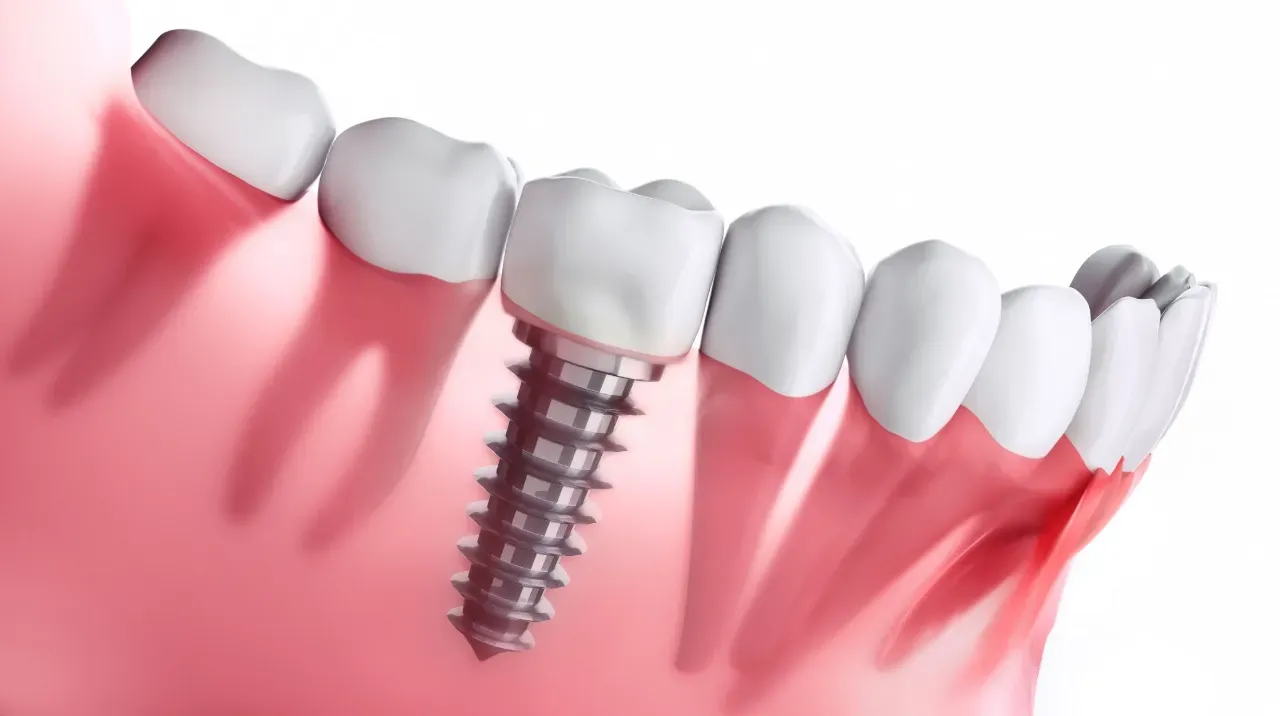
Invisible aligners are a type of orthodontic treatment that uses clear, removable trays to gradually straighten teeth. They are an alternative to traditional braces, providing a more discreet option for individuals seeking to correct misalignments or achieve a better bite.
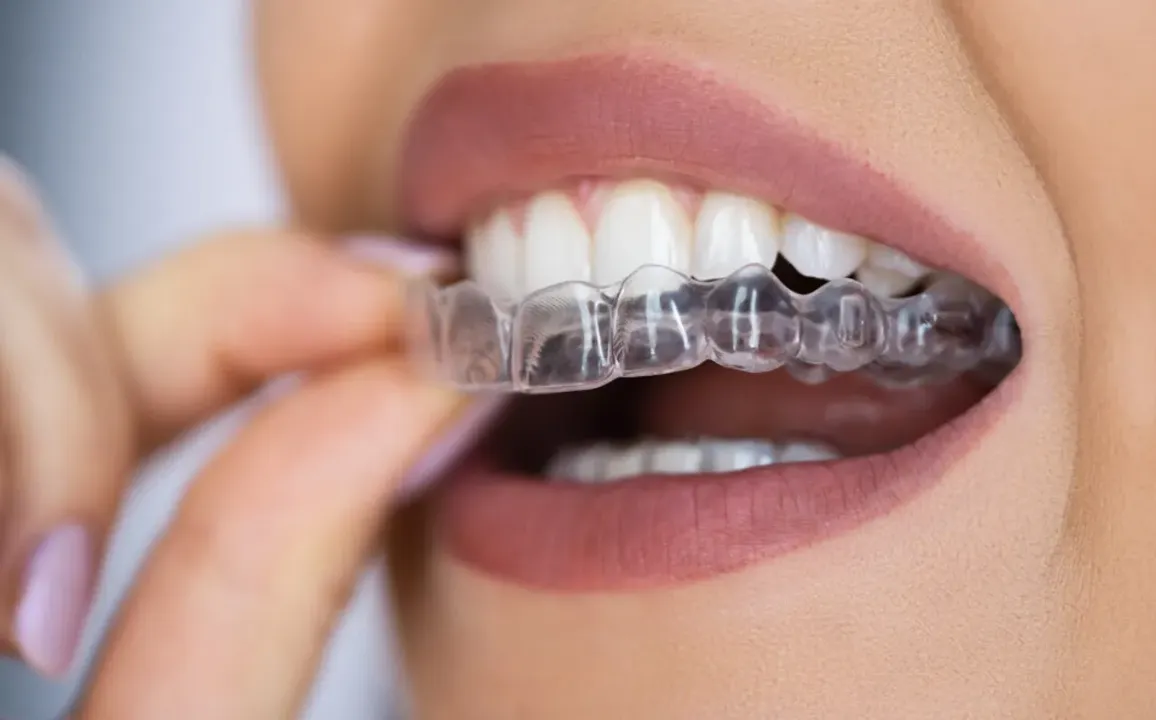

Endodontics, often referred to as root canal treatment (RCT), is a branch of dentistry that deals with the study and treatment of dental pulp and the tissues surrounding the roots of teeth. Root canal treatment involves removing infected or damaged pulp from the tooth, cleaning and shaping the root canals, and then filling them to prevent further infection. It's a procedure to save a tooth that might otherwise need to be extracted due to severe decay or injury.
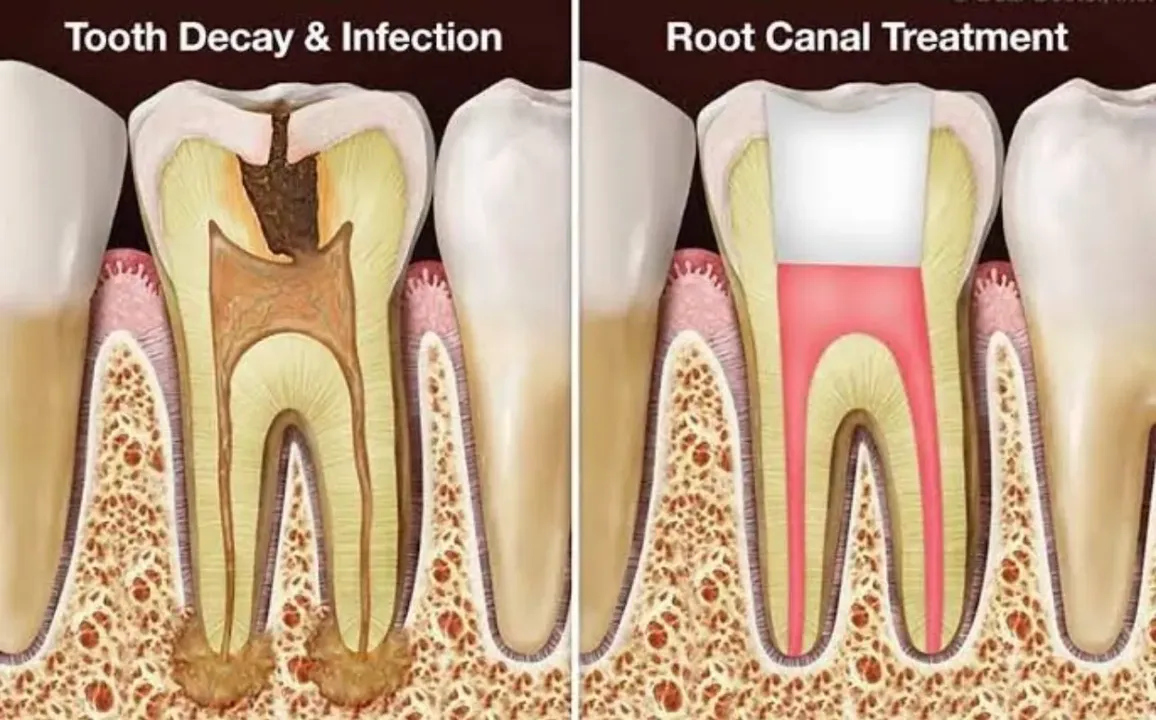
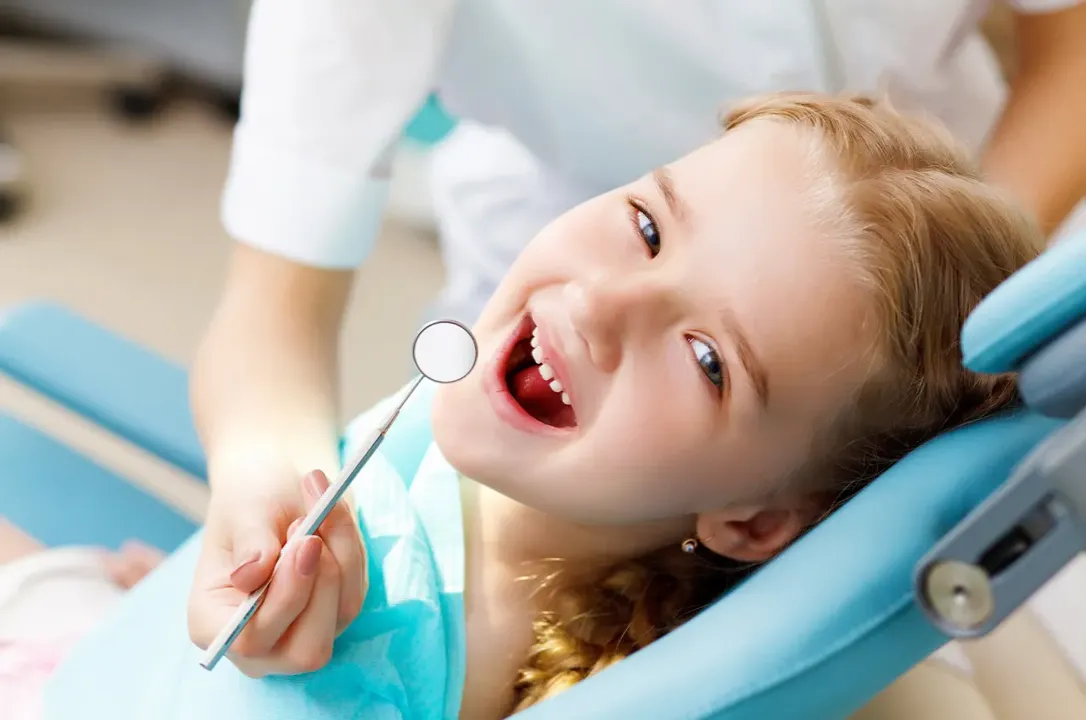
Professional teeth whitening is a dental procedure performed by a dentist or dental professional to lighten the color of the teeth. It involves the use of a bleaching agent, often containing hydrogen peroxide or carbamide peroxide, applied to the teeth. This treatment is more concentrated and controlled than over-the-counter whitening products, leading to more effective and quicker results. Professional teeth whitening can help remove stains and discoloration, enhancing the overall brightness of the smile.

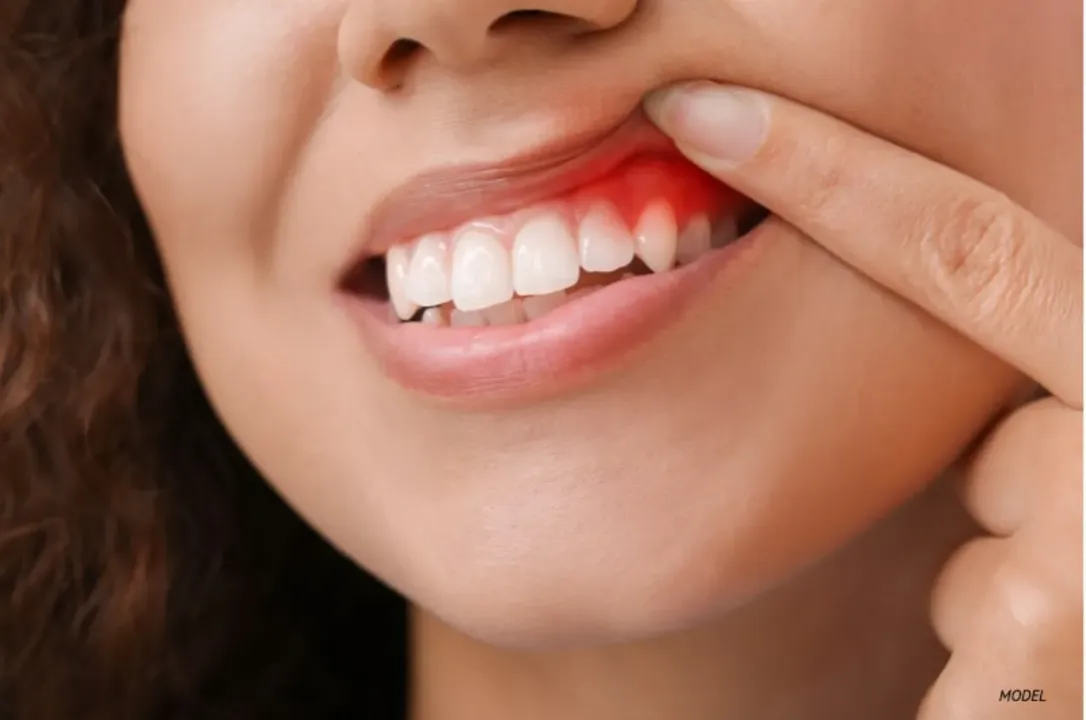


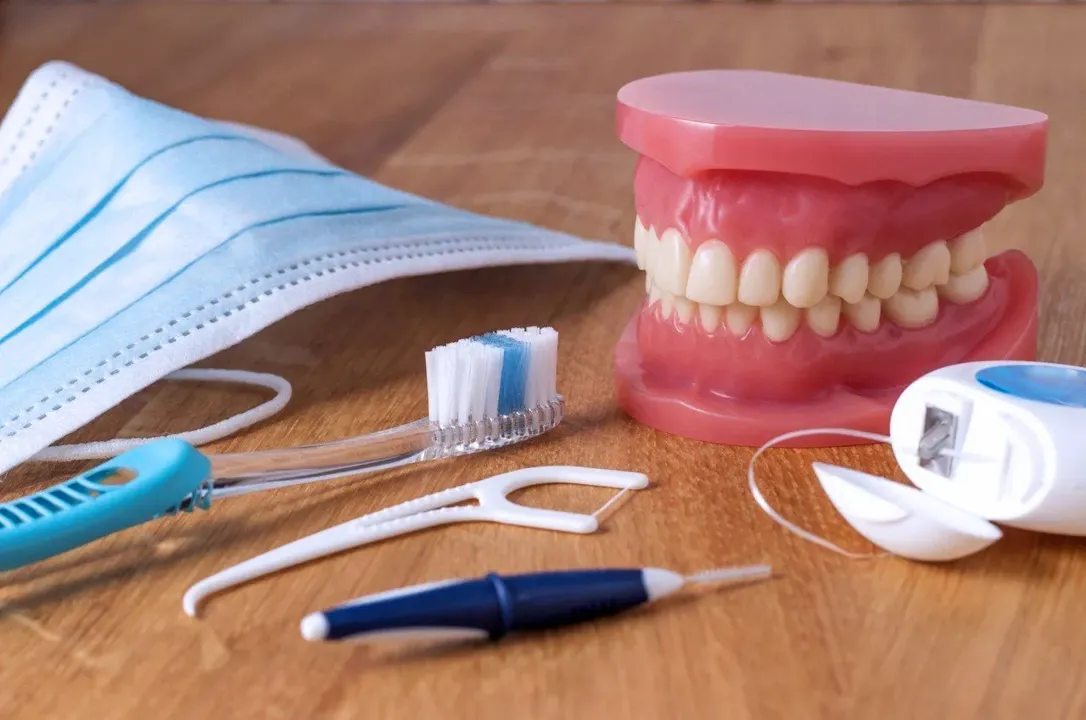
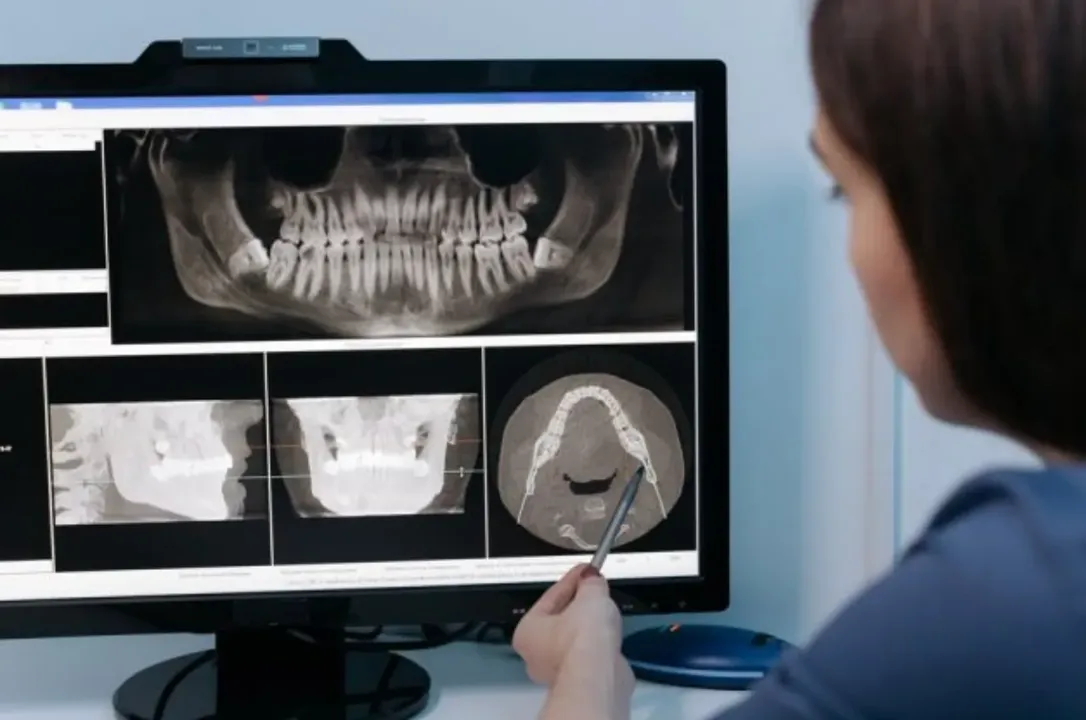
A general dental check-up is a routine examination performed by a dentist to assess and maintain oral health. During the check-up, the dentist typically examines your teeth, gums, and overall oral cavity. They may look for signs of cavities, gum disease, or other dental issues. X-rays may be taken to get a more detailed view. The dentist may also check for signs of oral cancer and evaluate your bite and jaw joint function. Regular dental check-ups are essential for preventive care and early detection of any potential dental problems.
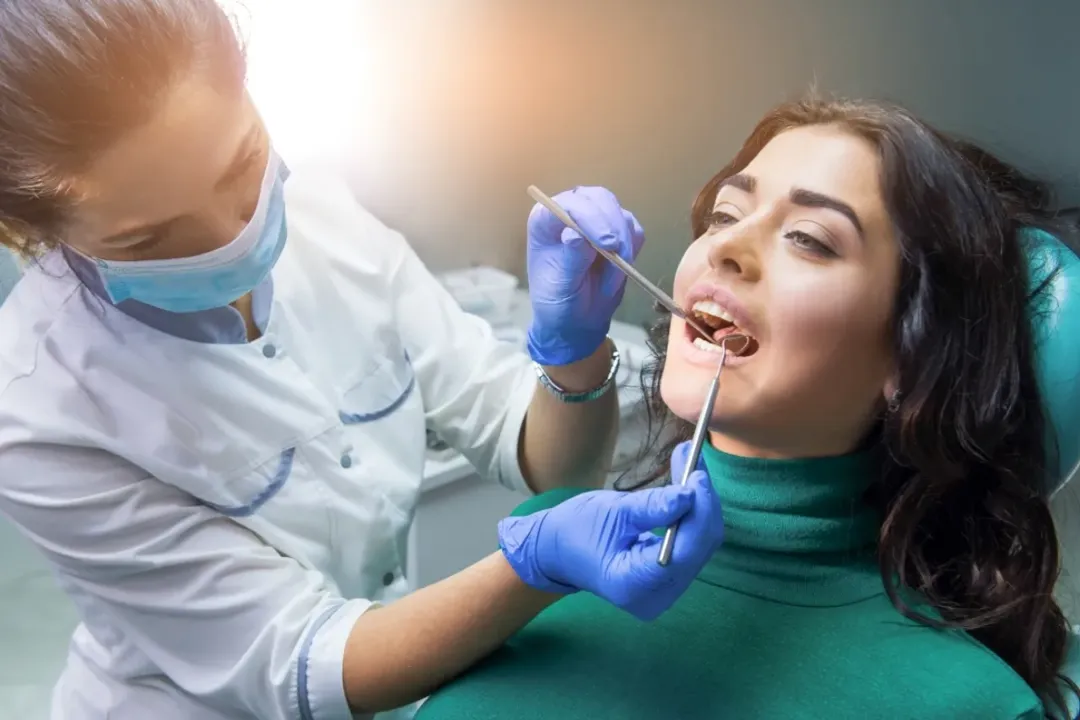





7 total